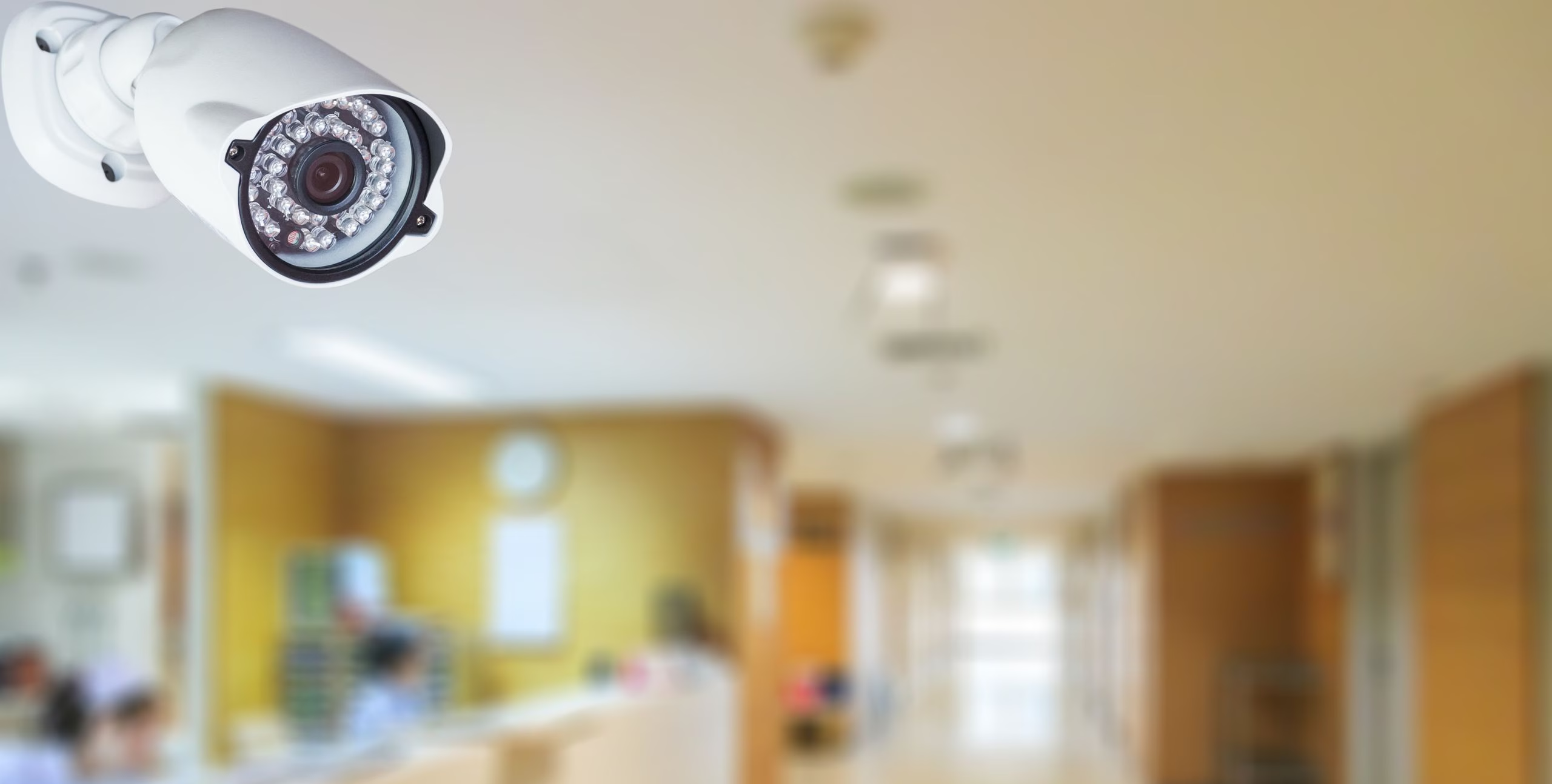Practical Applications in Hospitals, Industrial Facilities, and Educational Institutions
Imagine you are the security director of a large petrochemical facility. Every day, you oversee a site filled with hazardous materials, sensitive information, and numerous access points that need constant monitoring. One of your primary challenges is ensuring that only authorized personnel can access restricted areas and confidential information while maintaining smooth operations and safety. This is where building access control systems come into play, ensuring that every entry point is secure and monitored.
Access control systems are the backbone of this challenge, determining who can access certain information or areas within an organization. Understanding the three main types of access control—Role-Based Access Control (RBAC), Mandatory Access Control (MAC), and Discretionary Access Control (DAC)—is essential for enhancing security and efficiency.
In this article, we will explain each of these access control methods and provide specific use cases for hospitals, industrial facilities, and educational settings. By the end, you will have a clearer understanding of how these systems can enhance security and efficiency in various physical environments.
Role-Based Access Control (RBAC)
Role-Based Access Control, or RBAC, is a method where access permissions are assigned based on the roles within an organization. Each role has specific permissions, and individuals are granted access according to their role. This system simplifies management as permissions are grouped by role rather than assigned individually. As individuals are assigned roles, they inherit the permissions associated with those roles.
Use Case: Hospital Setting
RBAC is vital for managing building access control to sensitive physical areas in a hospital. For example, different roles, such as doctors, nurses, and janitorial staff, have varied access to operating rooms, pharmacies, and supply closets. Doctors may have access to all operating rooms and certain restricted zones, while nurses can access patient care areas and medication storage, but only the operating rooms if specifically required. Janitorial staff can access general areas but are restricted from critical zones like the operating rooms and pharmacies. This role-based approach ensures that only authorized personnel can enter these sensitive areas, protecting patients and valuable medical resources while maintaining operational efficiency.
Mandatory Access Control (MAC)
Mandatory Access Control, or MAC, is a stricter form of access control where the system enforces policies that individual users cannot alter. Access decisions are based on fixed security policies and classifications. Users cannot change their access levels, making it a highly secure but less flexible system than RBAC.
Use Case: Industrial Facility
MAC is essential for safeguarding critical physical areas in an industrial setting, such as a petrochemical plant. Employees are granted access based on their security clearance. For instance, only senior engineers and safety officers might have access to the control room, which houses vital operational equipment and monitoring systems. Maintenance staff may have access only to the machinery rooms necessary for their tasks but are restricted from high-security zones like the control room and hazardous material storage areas. This rigid structure ensures that sensitive and potentially dangerous areas are strictly controlled and protected from unauthorized access, highlighting the importance of building access control.
Discretionary Access Control (DAC)
Discretionary Access Control, or DAC, allows owners of the information or resources to decide who gets access. It’s more flexible than MAC but can only be secure if appropriately managed. Owners can grant or revoke access at their discretion.
Use Case: Educational Setting
In an educational institution, DAC can be beneficial for managing building access control to physical spaces such as laboratories, equipment rooms, and faculty offices. For example, a professor who oversees a research laboratory can control who is allowed entry to the lab. They might grant access to specific students and research assistants working on particular projects while restricting entry to others to ensure safety and security. This flexibility supports collaborative efforts within the lab while controlling who can access potentially hazardous materials or expensive equipment.
RBAC, MAC, and DAC each serve distinct purposes and are suited to different environments. RBAC offers flexibility and ease of management, making it ideal for dynamic settings like hospitals. MAC provides high security, which is perfect for protecting critical infrastructure in industrial facilities. DAC offers flexibility and control to resource owners, supporting collaboration in educational institutions.
At TruConnect, we understand the unique security needs of various industries. We provide technology-based security solutions throughout the Gulf South, serving hospitals, educational facilities, and industrial and manufacturing facilities. What sets us apart is our local expertise and commitment to long-term relationships. Our in-house staff is dedicated to providing a full spectrum of services, from initial consultation to ongoing support. With our extensive knowledge and experience with state-of-the-art technology, we focus on delivering the best solutions for our clients.
If you want to learn more about how we can help secure your facility, contact TruConnect for a free consultation. We’re here to protect people, property and assets with the latest in security technology. We look forward to helping you enhance your building access control measures.
